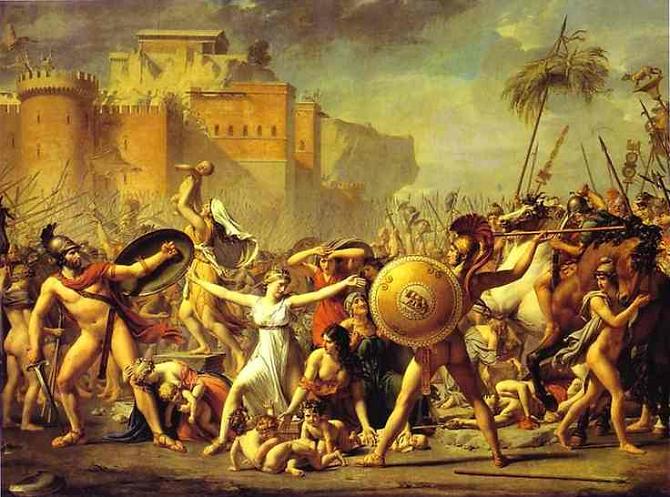“French painter and draughtsman. He was the most prominent and influential painter
of the Neo-classical movement in France. In the 1780s he created a style of austere
and ethical painting that perfectly captured the moral climate of the last years
of the ancien régime. Later, as an active revolutionary, he put his art at the service
of the new French Republic and for a time was virtual dictator of the arts. He was
imprisoned after the fall from power of Maximilien de Robespierre but on his release
became captivated by the personality of Napolean I and developed an Empire style
in which warm Venetian colour played a major role. Following the restoration of the
Bourbon monarchy in 1816, David went into exile in Brussels, where he continued to
paint but was regarded. He had a huge number of pupils, and his influence was felt
(both positively and negatively) by the majority of the French nineteenth-century
painters. He was a revolutionary artist in both a technical and a political sense.
His compositional innovations effected a complete rupture with Rococo fantasy; he
is considered the greatest single figure in European painting between the late Rococo
and the Romantic era.”
(Bibliographical source: Turner, Jane, ed. The Dictionary of Art. New York: Macmillan
Limited, 1996.)
The Intervention of the Sabine Women, 1796-1799
Oil on Canvas
12' 8" x 17' ¾ in.
Musée du Louvre, Paris



